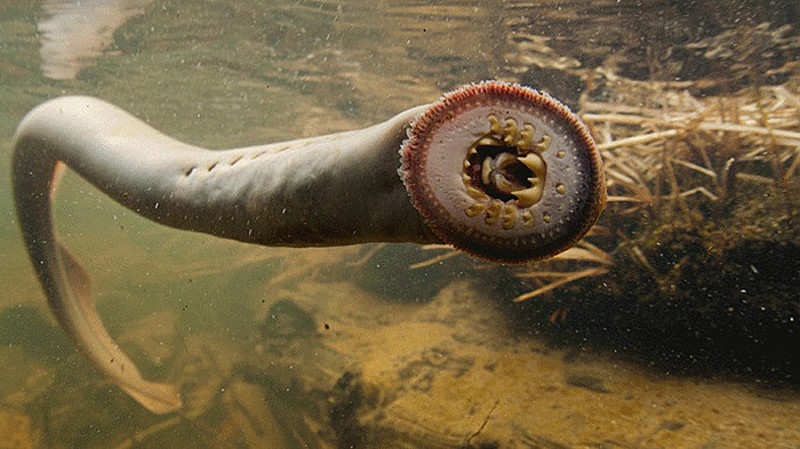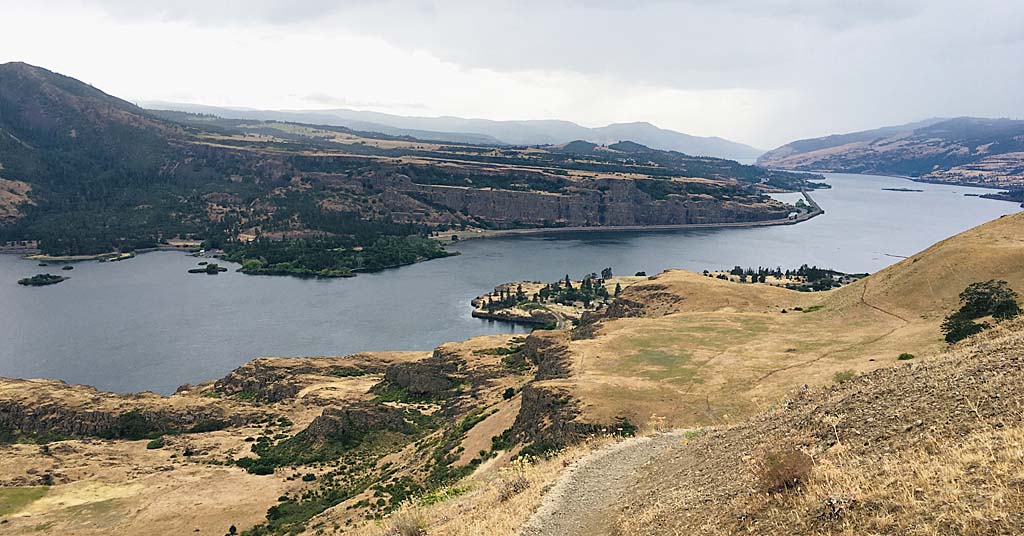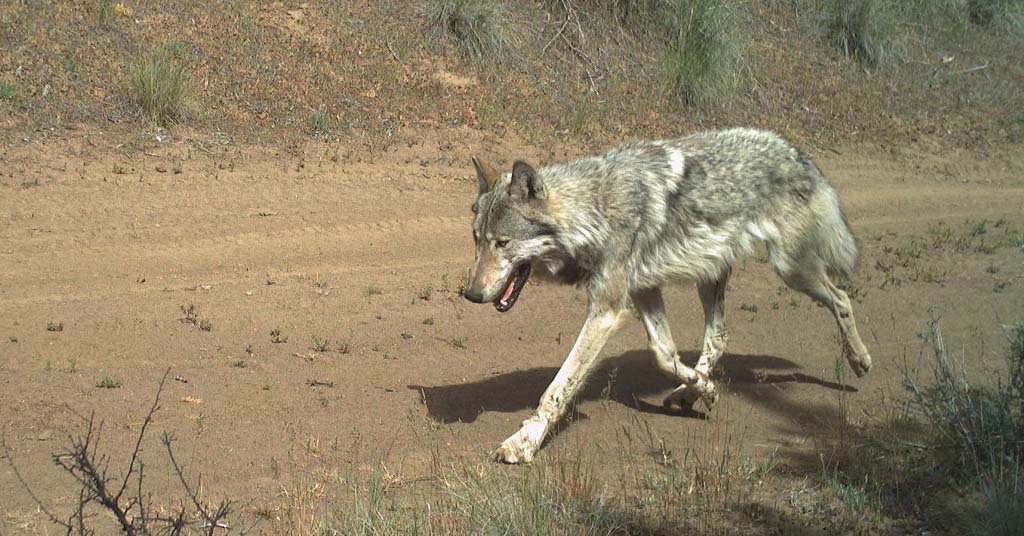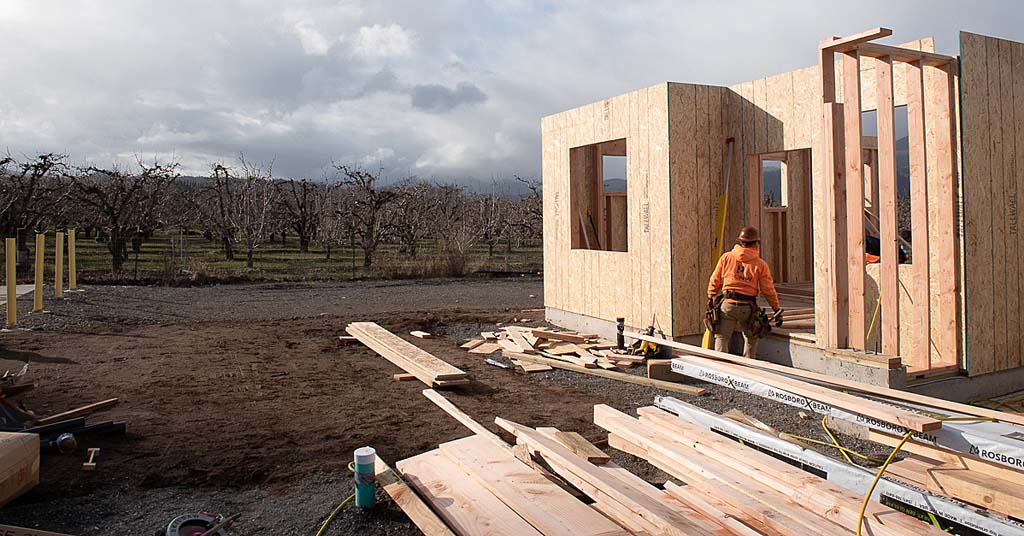Logging operations must protect streams within a timber sale area. That is done by leaving streams sides undisturbed. The width of the undisturbed area is called a riparian buffer–a no-cut zone. The South Gifford Pinchot Collaborative traveled Sept. 24 to see the outcome of a recent timber sale that included a section of Little Creek. Dr. Deanna Olson joined them to present the findings of her 20-year riparian buffer study.
The 1994 Northwest Forest Plan requires riparian buffers in order to protect and restore water quality, fisheries and other riparian dependent species such as salamanders. In this case, Little Creek is an important source of cool water for the Lewis River. Further, the creek is in an area set aside to protect and restore old growth, which adds an additional requirement on riparian buffers. In this timber sale, loggers thinned a 150-foot area adjacent to no-cut zone to accelerate big-tree growth.
The highest priority in this zone must be creating cool-clear water created by trees shading the stream, Dr. Olson told the group. Dr. Olson, Supervisory Research Ecologist with Pacific Northwest Research Station of the U.S. Forest Service, said that the stream should also have snags and down logs to provide fish and amphibian habitat, and the buffer zone should be at least fifty feet wide on each side of the creek.
Controversy arose when Dr. Olson suggested that openings could be created in the buffer to allow sunlight in, thereby speeding growth of trees. Laurele Fulkerson, Policy Director for Gifford Pinchot Task Force, disagreed saying that might not be appropriate under Northwest Forest Plan guidelines.
Whatever is done, Dr. Olson said, it is important to have a two-hundred year outlook to create future old growth.
Jon Nakae, Mt. Adams Ranger District Silvaculturist, spoke to the group about the 150-foot thinning zone in the timber sale. The timber company left small openings to enhance and speed tree growth. Members of the group said it was important to have a mix of species in the riparian zone including alder, western-red cedar and hemlock.
The purpose of the field trip was to help group members make up their own mind on the appropriateness of the treatment and where to go with future recommendations.
The Collaborative is a community-based group that meets regularly to make recommendations on forestmanagement to the staff of the Mt. Adams Ranger District, Gifford Pinchot National Forest. One of the purposes of the collaborative group is to have dialogue about differing viewpoints regarding forestry.
The 23 people who attended the field trip included representatives from the U.S. Forest Service, the timber industry, Skamania County, environmental groups, economic advocacy groups, Pinchot Partners (another collaborative group), and private citizens.












